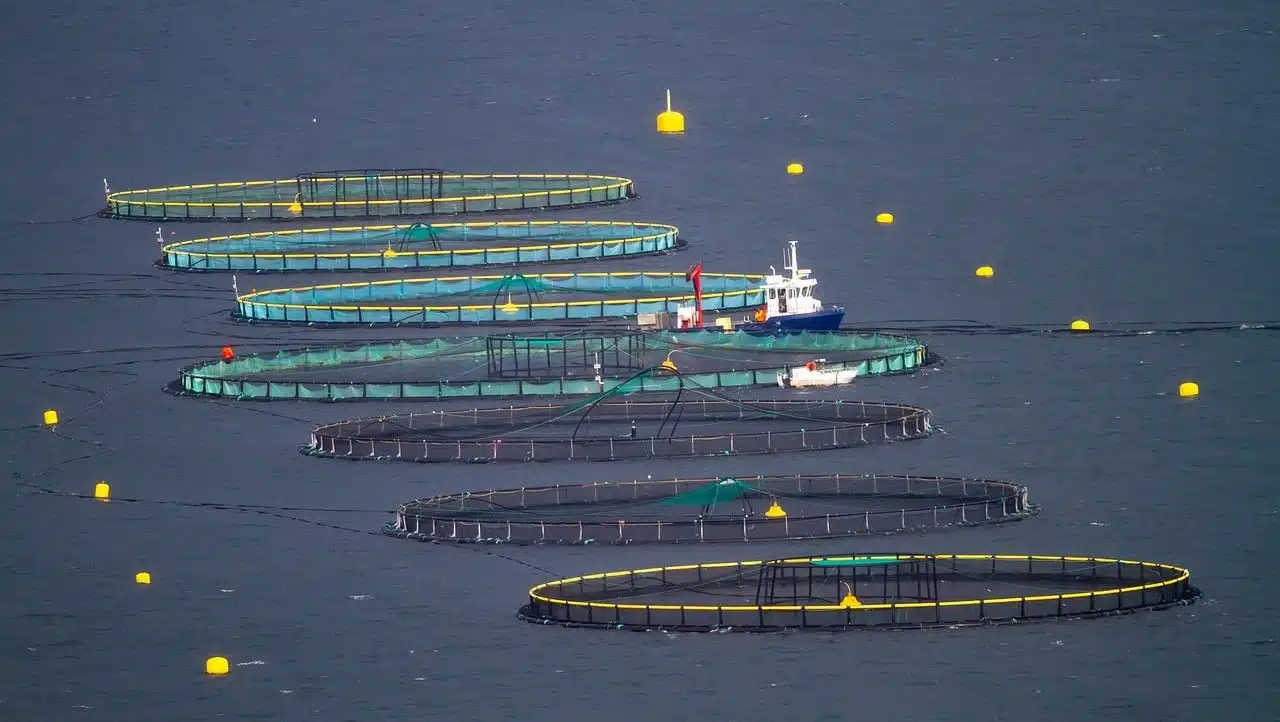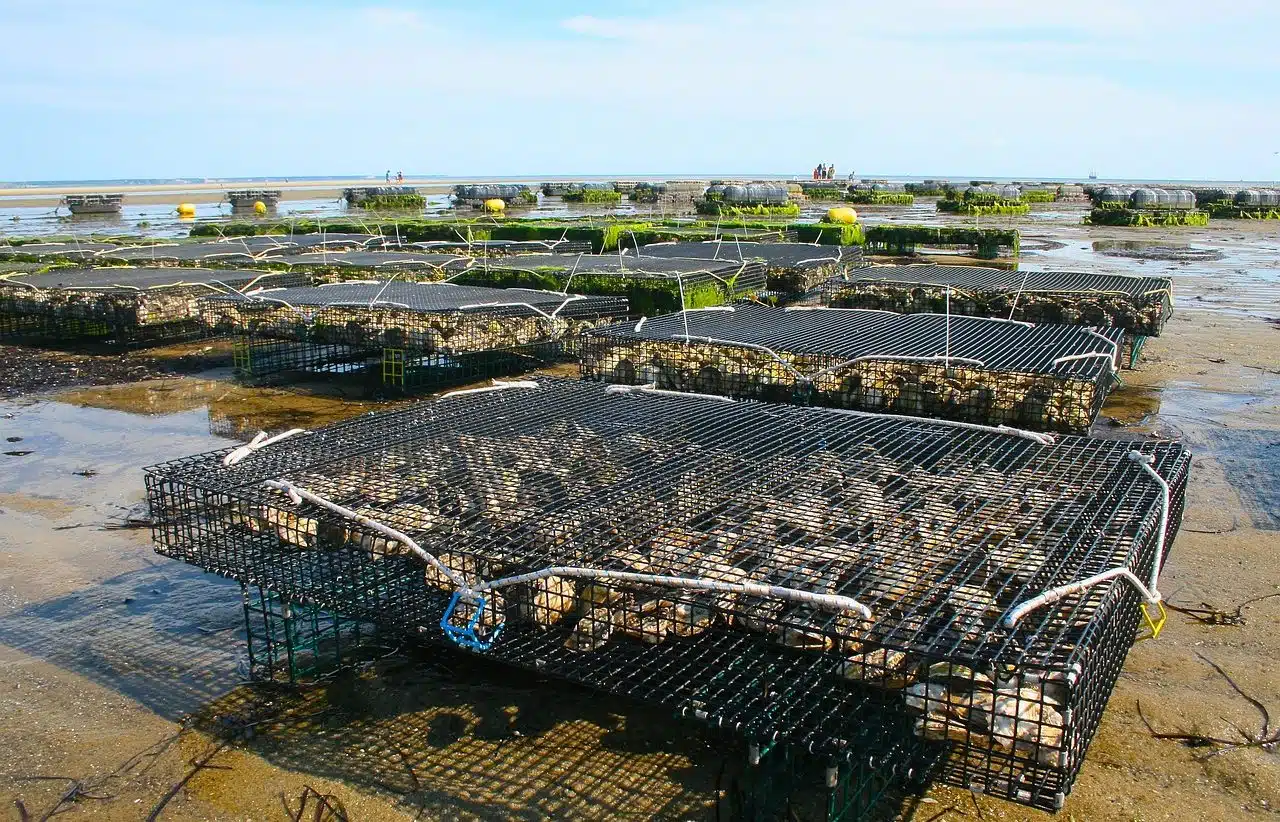
Aquaculture is the cultivation of water species.
Aquaculture is the set of techniques used to cultivate water species , both animals and plants. These are procedures that allow aquatic organisms to be raised for different purposes.
Aquaculture can take place in salt water or fresh water . In some cases, specialists work in controlled and artificially arranged conditions. They can also carry out their work in the natural environment, intervening in different ways.
Origins of aquaculture
It is important to keep in mind that the origins of aquaculture are very ancient. Several millennia before Christ , in China , practices of this type were already developed, especially with carp fish. In medieval times, aquaculture also began to become popular on the European continent.
More precisely, there are references to examples of aquaculture dating back to 3800 BC. C. ; Two millennia later the legislature was already protecting fishermen from thieves, and in 475 BC. C. a treaty about carp farming was signed.

Aquaculture can be developed in different ways.
Classification according to type
When nature allows, aquaculture is developed in lagoons, rivers or seas, for example. By appealing to different structures, it is possible to plant mussels, oysters and other species on the seabed. These extensive systems , however, are not the most common. Aquaculture is usually carried out semi-intensively or intensively , even in artificial pools or ponds.
Human intervention and the use of technology take place to a much greater degree in intensive and semi-intensive farming systems than in extensive ones: there is greater control, but the yield is also higher.
A clear example of a semi-intensive aquaculture system is the use of floating cages to grow fish in lakes or in the sea. Although in this case the water is not provided through a pumping system, since it is what is naturally found in the medium, it is necessary to add food and control the crop .
Semi-open or open circuit canals and ponds, on the other hand, can also be used to carry out a cultivation system of this type, since they allow running water to be used; This is seen very frequently in trout farming (trout farming ).
intensive aquaculture
On the other hand, there are so-called intensive crops, which are usually carried out in facilities that are not located directly in the natural environment, but in pools or tanks that are adequately isolated with technical systems that are responsible for capturing and recirculating water. Through this type of system, both the environment and individuals are subject to absolute control .
As can be deduced from the characteristics, intensive aquaculture is much more economically costly than semi-intensive, and in general than any of the less technology -dependent systems; In addition, it requires much more control throughout the process to generate satisfactory results. However, this is offset by higher performance and notable productive potential, as proven by various experiences in the field.
By developing aquaculture isolated from the natural environment, specialists can control the different variables with greater precision, a feature that helps increase productivity .
Other information of interest
Salmon farming (the cultivation of salmon and trout), carp farming ( carp ) and shrimp farming (shrimp) are some of the most frequent variants of aquaculture, an activity of great economic importance since it allows obtaining sources of food and resources for different industries.
There are also auxiliary crops, which are used to gather the food necessary for the individuals of the main crops, such as mollusks or fish; In this group we find microinvertebrates (such as cladocerans, Thamnocephalus, Dendrocephalus , Artemia salina and rotifers) and microalgae (among which Tetraselmis, Isochrisis and Chlorella stand out).
